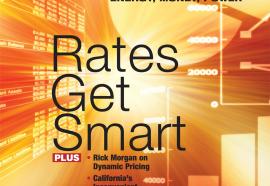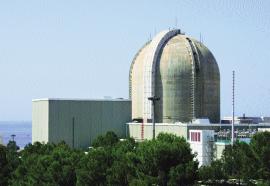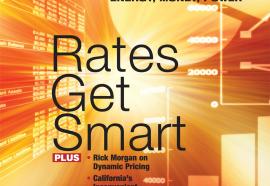Money to Burn
Smart-grid stimulus targets the wrong problem.
The $800 billion stimulus bill has spawned a feeding frenzy among would-be recipients of the money. Smart-grid technology companies, for example, are excited about the bill’s $4.5 billion in 50/50 matching grants to “modernize the electric grid.” However, not everybody is cheering.







